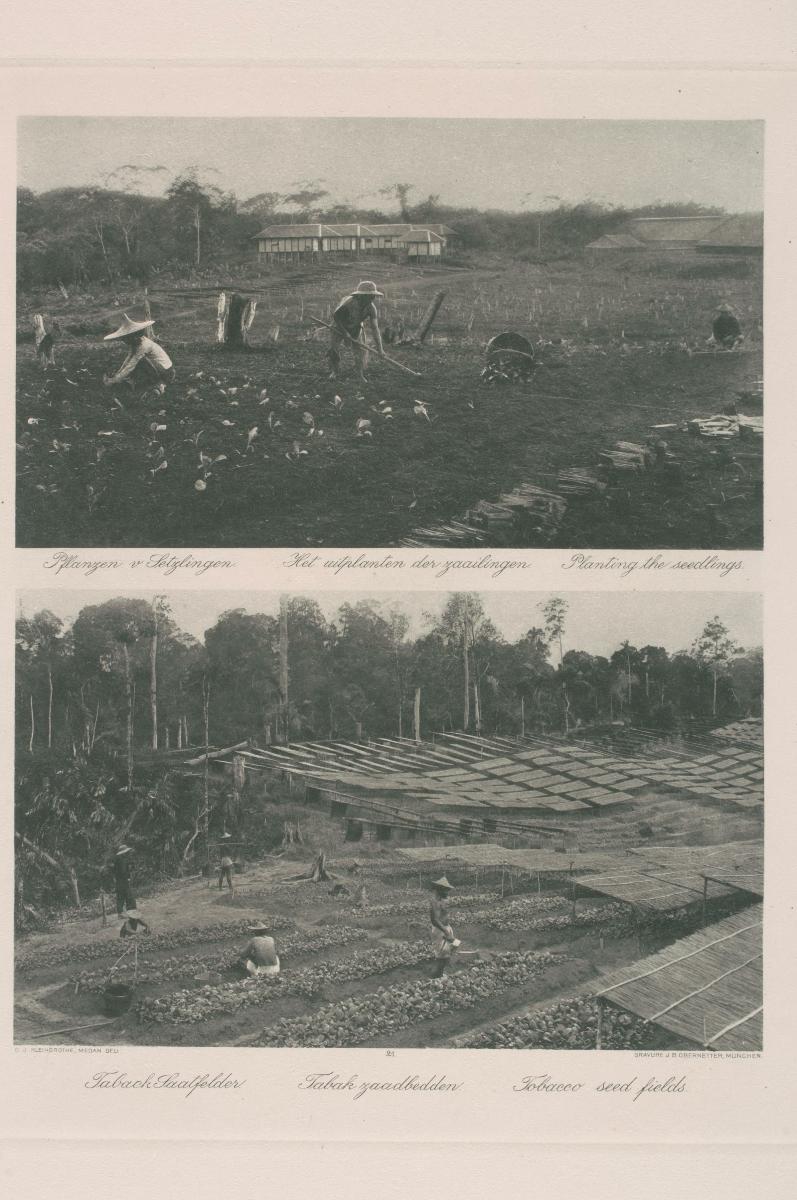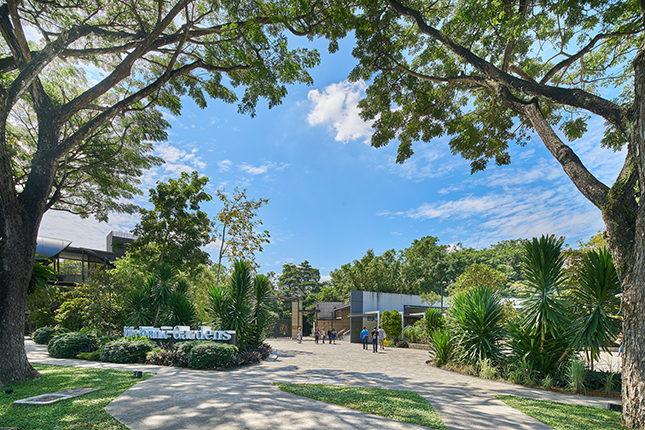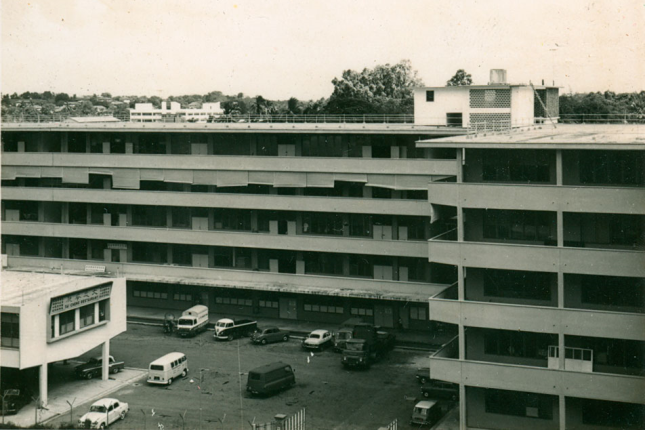Before 1910, the cultivation of tobacco was still labour intensive. Male workers used only hand tools to clear and cultivate the land. The year was divided into two seasons: field period and shade peiod. The first started from August to January, as the land was made ready for cultivation. In preparation, the workers—most of them Batak, Javanese and South Indians—cut down trees, turned the soil, digged drainage ditches, and built temporary sheds. The readied land was then turned over to the Chinese coolies who were responsible for its cultivation. Each coolie made two seedbeds for seven to eight weeks. A typical seedbed was three feet in width and about twenty feet in length.
















